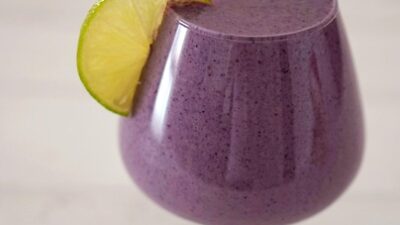Color, Texture, and Taste: How to Style Food Like a Pro
In the world of culinary arts and food presentation, nothing speaks louder than the visual appeal of a dish. Whether you’re a home chef looking to impress at a dinner party or a professional aiming to elevate your culinary creations, mastering the art of food styling can significantly enhance the dining experience. This article will delve into the critical elements of color, texture, and taste to help you style food like a pro.
The Power of Color
Why Color Matters:
Color is one of the first things we notice when a dish is presented. It can evoke emotions, set the mood, and even influence our perception of taste. Bright, vibrant colors can make food look more appetizing, while dull or muted tones may lead to a sense of hunger being diminished.
Color Combinations:
Consider the color wheel when styling your dishes. Using complementary colors can create visual harmony. For example, the combination of green (like fresh herbs) and red (like roasted tomatoes) not only looks appealing but also enhances the flavors of the dish.
Natural Color Enhancement:
Leverage seasonal ingredients that naturally provide a variety of colors. Fresh vegetables, fruits, and herbs can elevate the aesthetic without the need for artificial enhancements. Think of roasted carrots’ vibrant orange, fresh basil’s deep green, or pomegranate seeds’ jewel-like red to add a pop of color to your dish.
The Importance of Texture
Creating Contrast:
Texture plays an essential role in the overall experience of food. A successful dish has a variety of textures that create a harmonious experience on the palate. Think crispy, creamy, chewy, and tender—an ideal combination that entices diners to explore each bite.
Layering Textures:
When styling, consider layering textures. For example, serve a rich, creamy soup garnished with crispy fried onions or croutons for added contrast. Use smooth sauces to coat rough surfaces and enhance tactile sensations.
Incorporating The Elements:
Never underestimate the impact of garnishes. Nuts, seeds, and finely chopped herbs can not only add flavor but also introduce new textures to the dish. For a vibrant salad, toss in some toasted nuts, crumbled cheese, or crispy bacon bits to elevate both flavor and texture.
Taste That Complements the Style
Balancing Flavors:
While color and texture are vital, the flavor is the star of the show. Ensure that the taste complements the visual presentation. A beautifully plated dish won’t impress if the flavors clash or fall flat. Strive for balance: sweet, salty, sour, and bitter elements should all be considered to create a well-rounded dish.
Using Sauces and Spices:
Consider how sauces can add both color and flavor. A bright green pesto drizzled over a plate can enhance the visual appeal and provide herbal freshness that elevates the entire dish. Similarly, spices like paprika or turmeric can not only change the color but add complexity to the flavors.
Practical Tips for Professional Food Styling
-
Choose the Right Dishware:
The color and shape of your plates can change the entire look of your dish. Dark plates can make vibrant colors pop, while white plates provide a classic canvas for any dish. -
Mind the Negative Space:
Don’t overcrowd your plate. Allow space for the food to ‘breathe’—this makes the dish more visually appealing and emphasizes each component. -
Height Matters:
Create height with layered presentations. Stacking ingredients or adding some food elements atop others can create a dynamic visual profile. -
Garnish Smartly:
A garnish should complement, not clutter. Use simple elements like fresh herbs, edible flowers, or a drizzle of balsamic reduction to add finesse without overwhelming the dish. - Practice Makes Perfect:
Like any art, food styling takes practice. Experiment with different plating techniques and don’t be afraid to get creative.
Conclusion
Mastering the triad of color, texture, and taste is essential for anyone looking to elevate their food style. By understanding the importance of each element and implementing mindful techniques, you can create dishes that delight the eyes and palate alike. The result? A dining experience that is not just a meal but an artful celebration of flavors and aesthetics. So next time you’re in the kitchen, remember: style matters just as much as substance!



